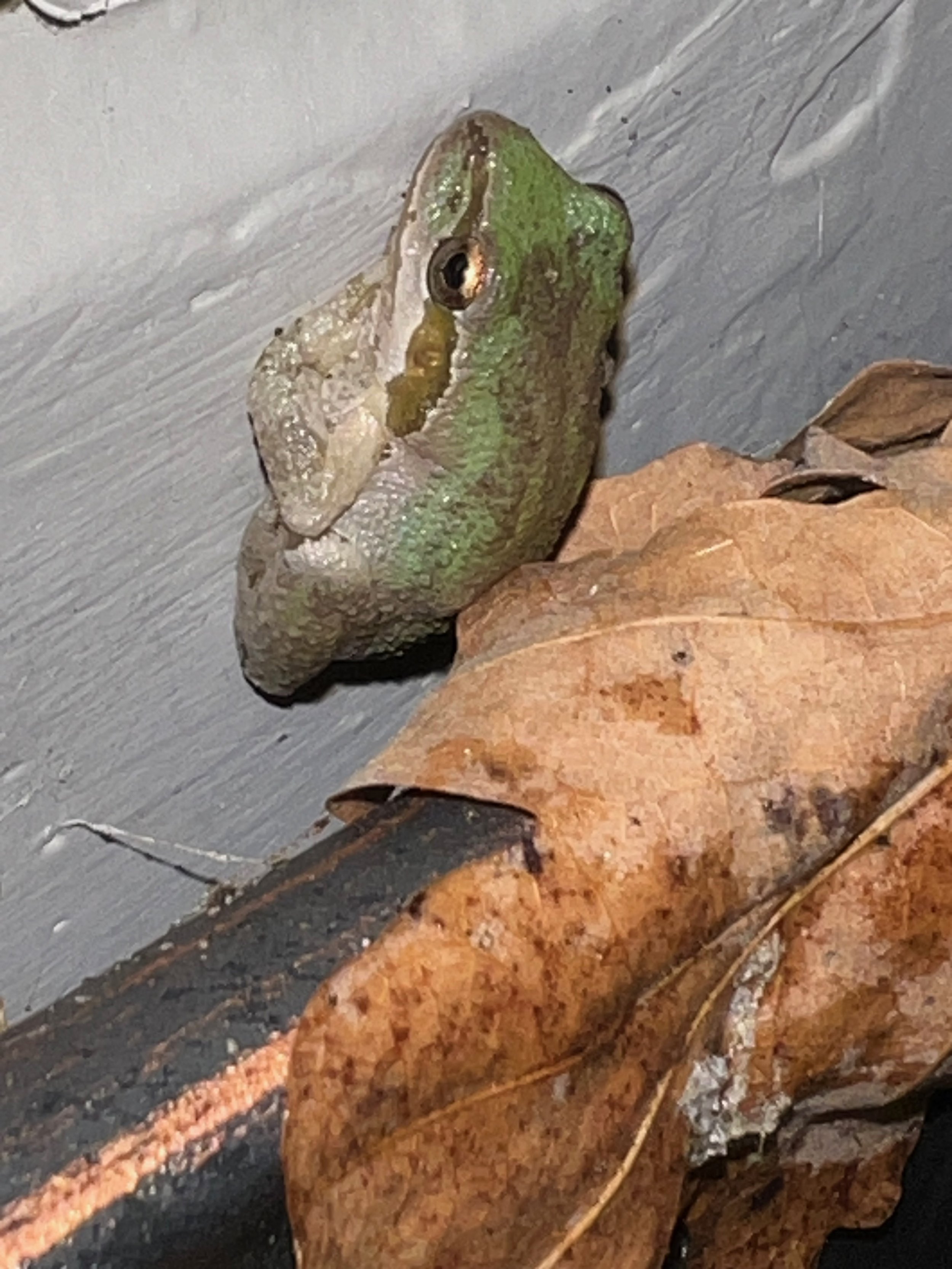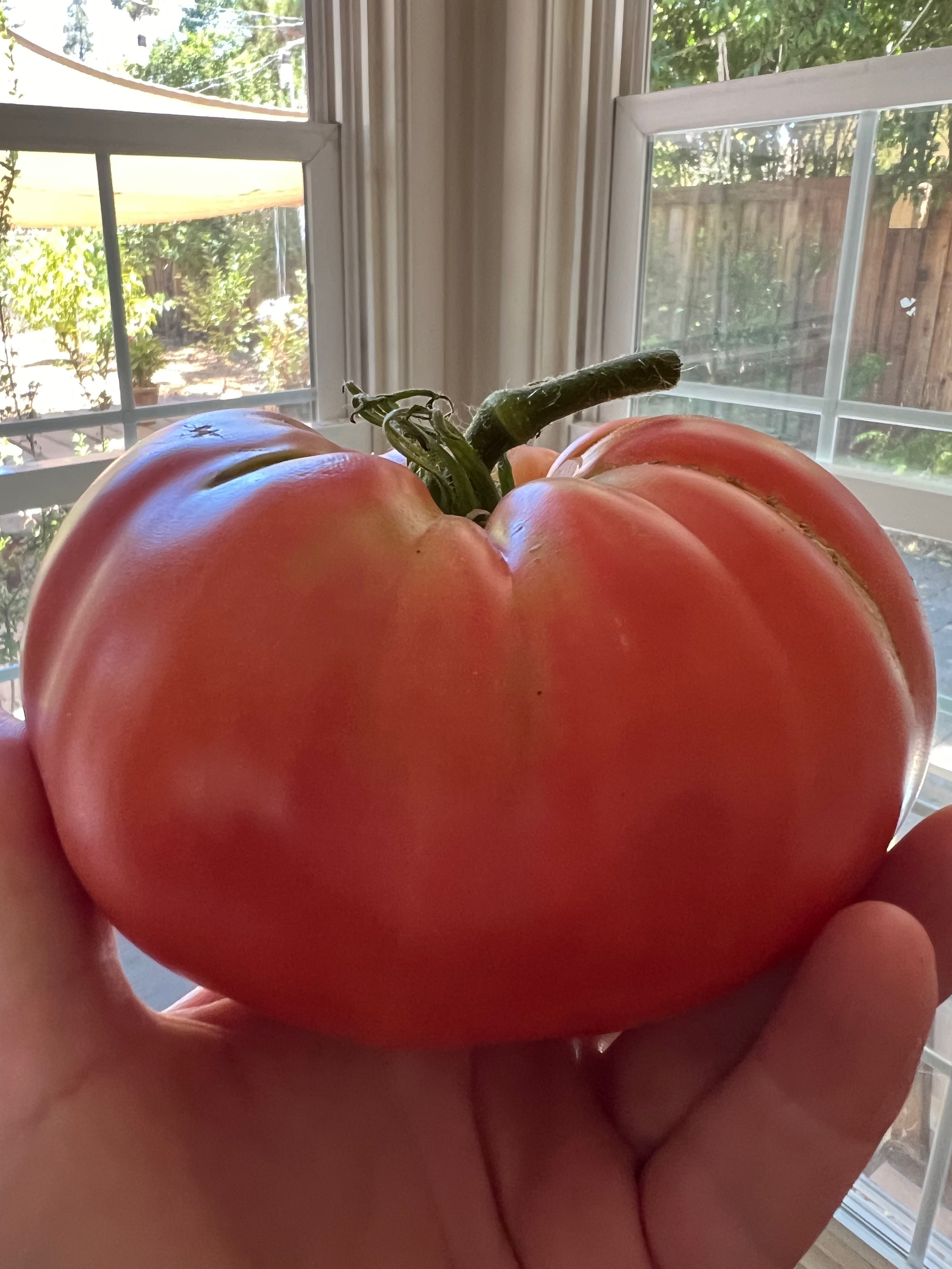*Thank you to Robert Frost for this line of poetry!
The rain has finally begun. Rain, or the lack of it, marks the seasons for us in California. When the rains arrive, we know that the ‘long dark’ (as Tom likes to call it) is upon us; winter is nearly here. It transforms our dry landscapes into something green and lush, and all the native California plants wake up and start to perform.
But before that happens, the hills still retain the gold of summer, and that color is reflected in the garden. I look around, and suddenly everything is yellow.
The Chinese pistache trees are dropping gold all over the ground.
The gold of the spice bush picks up the gold in the neighbor’s tulip poplar.
A white-crowned sparrow with a beautifully yellow beak complements the yellow in the elderberry leaves.
The nectarines are reflecting the gold fronds of the asparagus behind them.
The Japanese maples are starting to show their signature flaming colors, which mirror the Asian pear, just starting to turn at the edges.
A yellow-rumped warbler shows off its coloring, and is framed by the neighbor’s changing crepe myrtle tree beyond the fence.
The raspberry’s yellowing leaves mirror those of the just-beginning-to-turn Western redbud behind it and the liquidambar tree up the street.
And coming full circle, the mock orange tree’s yellowish-green fruits are highlighted with the Chinese pistache behind.
We even see yellow in abundance while out hiking. The lovely golden grasses of California are set off by a perfect blue sky and a paraglider with a yellow sail floating down from the top of Mount Diablo.
Nature’s colors are lovely, no matter the season, but I’m especially enjoying the warm golds of autumn.
A golden sunset























